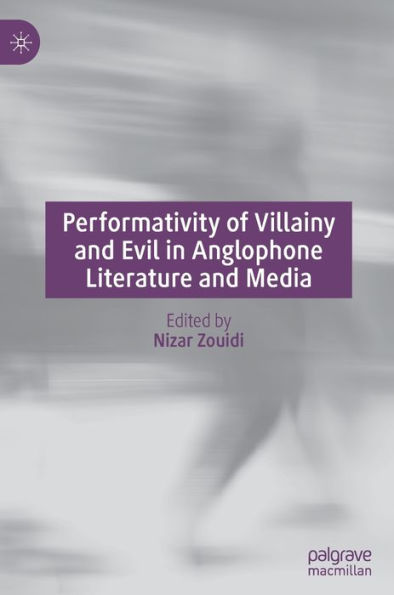Performativity of Villainy and Evil in Anglophone Literature and Media
Performativity of Villainy and Evil in Anglophone Literature and Media studies the performative nature of evil characters, acts and emotions across intersecting genres, disciplines and historical eras. This collection brings together scholars and artists with different institutional standings, cultural backgrounds and (inter)disciplinary interests with the aim of energizing the ongoing discussion of the generic and thematic issues related to the representation of villainy and evil in literature and media. The volume covers medieval literature to contemporary literature and also examines important aspects of evil in literature such as social and political identity, the gothic and systemic evil practices. In addition to literature, the book considers examples of villainy in film, TV and media, revealing that performance, performative control and maneuverability are the common characteristics of villains across the different literary and filmic genres and eras studied in the volume.
1139219387
Performativity of Villainy and Evil in Anglophone Literature and Media
Performativity of Villainy and Evil in Anglophone Literature and Media studies the performative nature of evil characters, acts and emotions across intersecting genres, disciplines and historical eras. This collection brings together scholars and artists with different institutional standings, cultural backgrounds and (inter)disciplinary interests with the aim of energizing the ongoing discussion of the generic and thematic issues related to the representation of villainy and evil in literature and media. The volume covers medieval literature to contemporary literature and also examines important aspects of evil in literature such as social and political identity, the gothic and systemic evil practices. In addition to literature, the book considers examples of villainy in film, TV and media, revealing that performance, performative control and maneuverability are the common characteristics of villains across the different literary and filmic genres and eras studied in the volume.
199.99
In Stock
5
1

Performativity of Villainy and Evil in Anglophone Literature and Media
510
Performativity of Villainy and Evil in Anglophone Literature and Media
510Hardcover(1st ed. 2021)
$199.99
199.99
In Stock

Product Details
| ISBN-13: | 9783030760540 |
|---|---|
| Publisher: | Springer International Publishing |
| Publication date: | 07/25/2021 |
| Edition description: | 1st ed. 2021 |
| Pages: | 510 |
| Product dimensions: | 5.83(w) x 8.27(h) x 0.00(d) |
About the Author
What People are Saying About This
From the B&N Reads Blog
